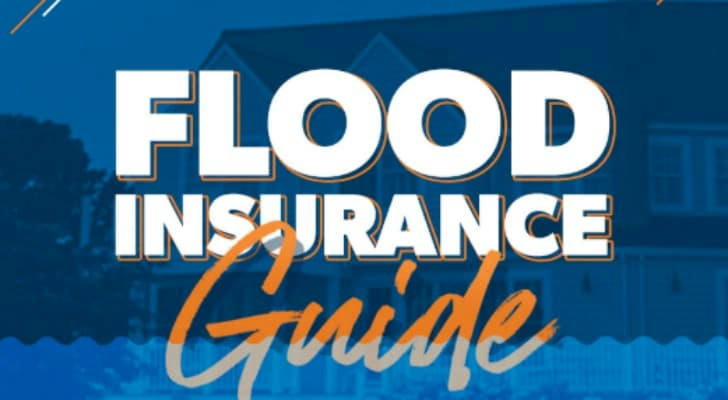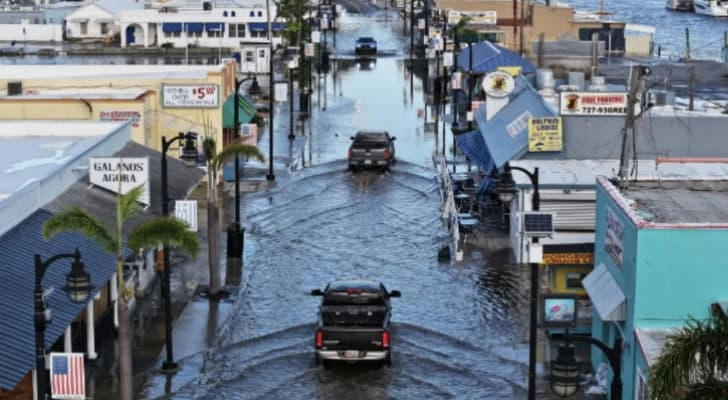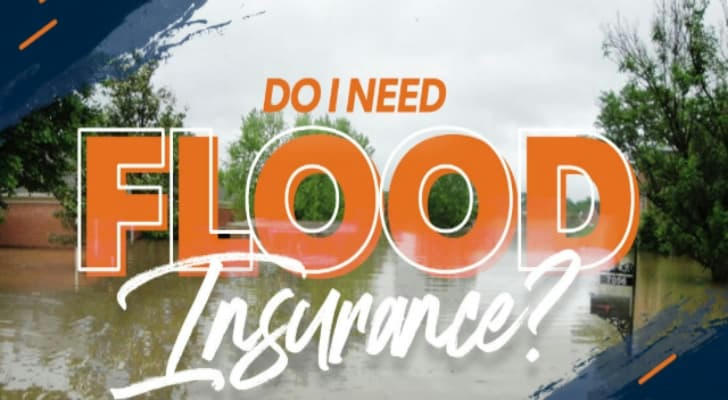How Personal Loans Can Fuel Your Side Hustle Ambitions 💼
Flooding is one of the most common and costly natural disasters, yet many homeowners mistakenly believe their standard insurance policy covers flood damage. The truth is, flood insurance is a separate policy that can save you from devastating financial losses. Whether you live in a high-risk flood zone or not, understanding flood insurance is crucial for protecting your home and finances.
In this guide, we’ll cover essential flood insurance facts, including:
✔ How flood insurance works
✔ What it covers (and what it doesn’t)
✔ Who needs it (hint: not just coastal homeowners)
✔ How to get the best coverage at the best price

1. Standard Homeowners Insurance Doesn’t Cover Floods
Many homeowners assume their regular policy includes flood damage—it doesn’t. Homeowners insurance typically covers water damage from burst pipes or roof leaks, but natural flooding from storms, hurricanes, or overflowing rivers requires separate flood insurance.
🔹 Key Takeaway: If you want protection against floodwaters entering your home, you need a dedicated flood insurance policy.
2. Flood Insurance Is Available Through NFIP & Private Providers
In the U.S., flood insurance is primarily offered through:
The National Flood Insurance Program (NFIP): A federal program managed by FEMA.
Private Flood Insurance: Offered by some insurers, often with higher coverage limits or lower premiums.
NFIP Flood Insurance Basics:
✔ Max coverage: $250,000 for dwelling / $100,000 for personal property
✔ 30-day waiting period before coverage starts (exceptions for new mortgages)
✔ Available to homeowners, renters, and businesses in participating communities
Private Flood Insurance:
✔ May offer higher coverage limits
✔ Sometimes faster approval and no waiting period
✔ Premiums can be cheaper in moderate-risk areas
🔹 Key Takeaway: Compare NFIP and private policies to find the best fit for your home.

3. Even Low-Risk Areas Can Flood
Just because your home isn’t in a "high-risk" flood zone (like a Special Flood Hazard Area, or SFHA) doesn’t mean flooding is impossible. In fact:
25% of flood claims come from low-to-moderate risk areas.
Floods can happen due to heavy rainfall, snowmelt, or overwhelmed drainage systems.
🔹 Key Takeaway: Don’t skip flood insurance just because your area isn’t flood-prone—climate change is increasing flood risks nationwide.
4. What Flood Insurance Covers (And What It Doesn’t)
✅ Covered:
Building Property: Foundation, electrical systems, plumbing, appliances, etc.
Personal Belongings: Furniture, clothing, electronics (up to policy limits)
Cleanup & Debris Removal
❌ Not Covered:
Damage from moisture/mold that could have been prevented
Temporary housing (loss of use)
Outdoor property (decks, patios, landscaping, pools)
🔹 Key Takeaway: Review your policy carefully—knowing exclusions helps avoid surprises after a flood.

5. Cost Depends on Risk Level & Deductible Choices
Flood insurance premiums vary based on:
✔ Flood zone risk (FEMA’s flood maps)
✔ Home elevation (higher = lower risk)
📊 Average Costs:
High-risk zones: $700–$2,500/year
Low-to-moderate risk zones: $300–$700/year
🔹 Key Takeaway: Mitigation efforts (like elevating utilities) can lower premiums.
6. There’s a 30-Day Waiting Period (Usually)
Unlike homeowners insurance, flood policies typically take 30 days to activate. Exceptions include:
New mortgage requirements (if lender mandates flood insurance at closing)
Map changes (if your area is newly designated high-risk)
🔹 Key Takeaway: Don’t wait for a storm forecast—get coverage early.

7. Renters & Business Owners Need Flood Insurance Too
Renters: Your landlord’s policy won’t cover your belongings—get an NFIP renters flood policy.
Businesses: Commercial flood insurance protects inventory, equipment, and operations.
🔹 Key Takeaway: Flood damage can disrupt lives and businesses—ensure you’re covered.
8. Federal Disaster Assistance Isn’t a Reliable Substitute
Many homeowners assume FEMA will bail them out after a flood, but:
✔ FEMA aid is often loans, not grants (you must repay).
🔹 Key Takeaway: Relying on disaster aid is risky—flood insurance provides guaranteed protection.
Final Thoughts: Is Flood Insurance Worth It?
Flooding can happen anywhere, and recovery costs can be crippling without insurance. If you own a home—especially in a flood-prone area—flood insurance is a smart investment.
Next Steps:
1️⃣ Check your flood risk (FEMA’s Flood Map Service Center).
2️⃣ Compare NFIP vs. private policies.
3️⃣ Talk to an insurance agent to customize coverage.
Don’t wait until the next big storm—protect your home today! 🌊🏠
